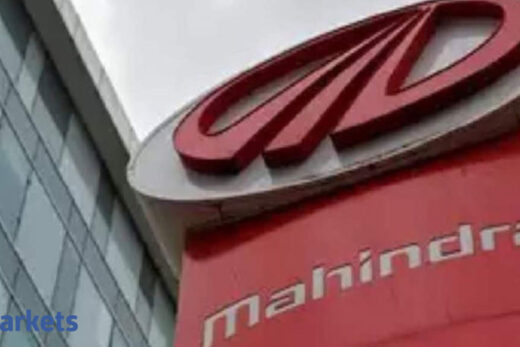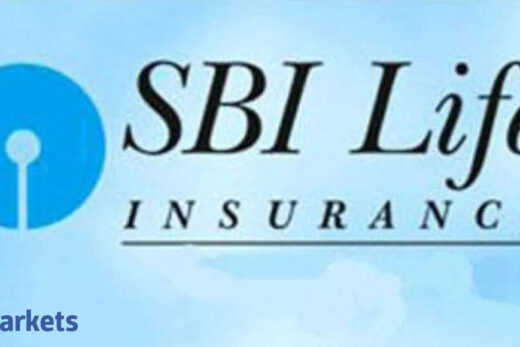ET Now: Let’s talk about the impact on demand in the quarter gone by, and how demand has normalised in the first 40 days of this quarter…
CK Venkataraman: July has been a good month, particularly for the jewellery business. The other businesses of the company too are seeing an improvement.
We expect 70 crore people to be vaccinated by the 30th of September, which is the end of quarter 2. The increase in the rate of vaccination will also lead to a quicker recovery across businesses.
On top of that, in low market share categories like jewellery and eye care, the overall competitive advantage of organised players — particularly the Tanshiq and the Titan Eye Plus — has increased. That has happened because of the challenges faced by unorganised sector players.
What is your understanding of consumer behaviour between the first wave and the second wave? In such a situation, does a discretionary spend like jewellery take a hit?
Jewellery is a not an easy-to-pin-down category. It is discretionary in one sense, but in India it is very much part of the feeling of wealth. It is a route through which you actually save money.
In April-May of 2020, there was a very high preference for buying jewellery even when people were locked down in their homes. They they did not need jewellery, but they still bought it. I think uncertainty drives people to buy jewellery. That trend continues to play out even now.
Are you having to take any extraordinary measures to deal with fixed costs?
We had done a very comprehensive programme starting in November of 2019. A fair amount of the results of that came handy during FY21, and some of the sustainable parts of that programme continue to kick in FY22.
But honestly we are not looking at any extraordinary measure because we are not a company which focuses on one quarter or even two quarters. We are a company which focuses at least on the medium term.
One opportunity for Titan company would be the coming rise in per capita GDP of this country, which is going to inexorably move towards the $5000 in a five-year kind of time frame. A good part of that is going to come to segments which the Titan company gets its business from — the upper middle class, the upper class, the rich.
From a competitive advantage point of view, we are very well placed in each one of the industries where we operate. Therefore, all our actions are guided actually by what is going to happen in FY23 and FY24, and not a kneejerk because a certain quarter is looking tough.
Let’s talk about your ecommerce sales. So how has CaratLane done?
CaratLane has done exceedingly well, both in terms of the retail as well as omni channel part. Even Tanishq, which is basically all about in-person buying, has seen substantial adoption of multiple ways of digital.
We have seen scorching growth in various kinds of buying — from omni channel to Endless Aisle to video shopping to appointment to try at home. For example, in July 2021, we did more than Rs 100 crore a month of jewellery through video.
As for pure e-commerce and omni, from just about one-and-a-half per cent to total sales, it has now climbed to about 5% even in the jewellery business. Watches anyway is very amenable to omni, e-commerce and it is at much higher share of total sales because of the nature of customers as well as the nature of the product.
So overall, digital has become a way of life for both the company and the customers.
Jewellery has managed to turn around, but the watches and eyewear business are seeing losses. When do you see that changing?
The recovery of the jewellery category, particularly in India where it is a store of value and an asset class, will be much higher than other true discretionary products like watches.
Besides, the jewellery business of Titan has a very low market share and therefore the upside opportunity for market share gain is also very high, compared to the watch business which dominates that category. That’s the story on the sales & recovery side.
On the margin side, jewellery is relatively lower gross margin category because it is a store of value. Watches, on the other hand, are a very high gross margin category. Therefore, the negative leverage when sales are only 50-60% of your base.



